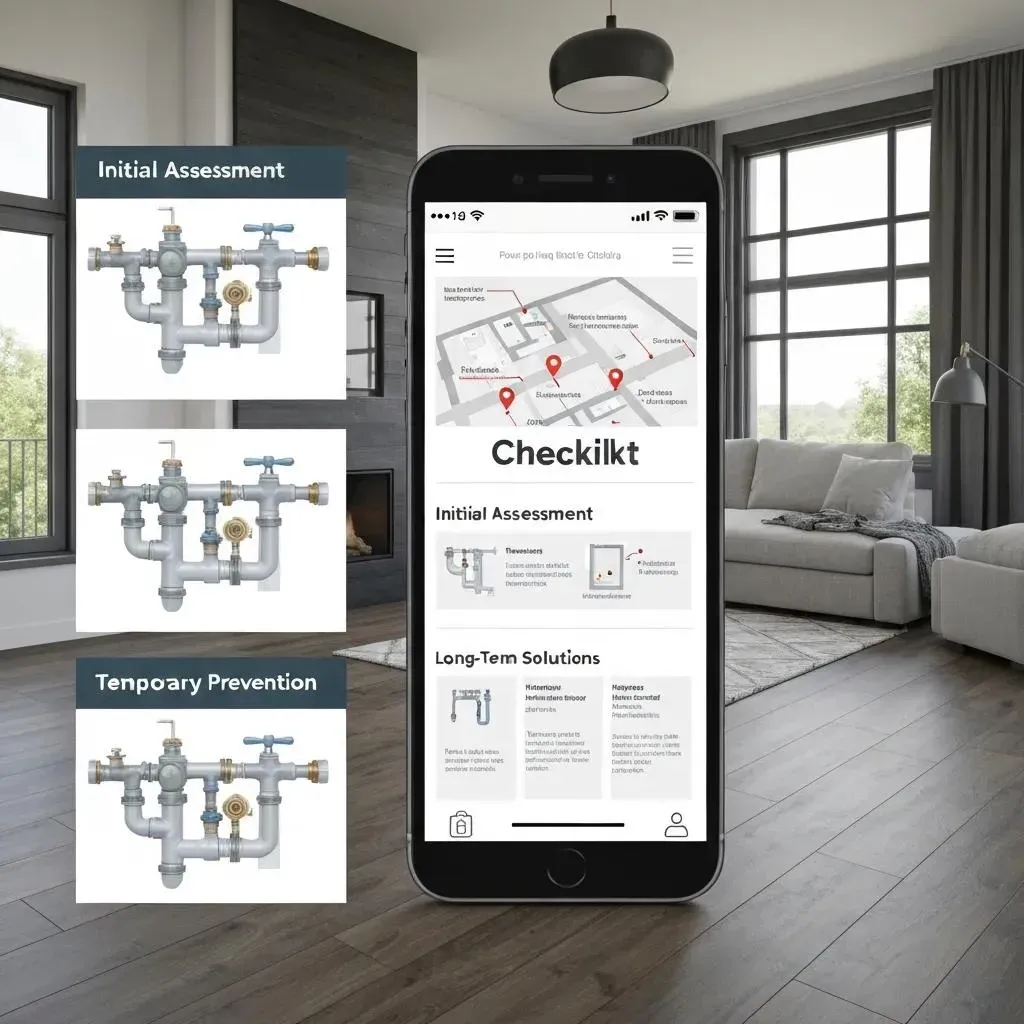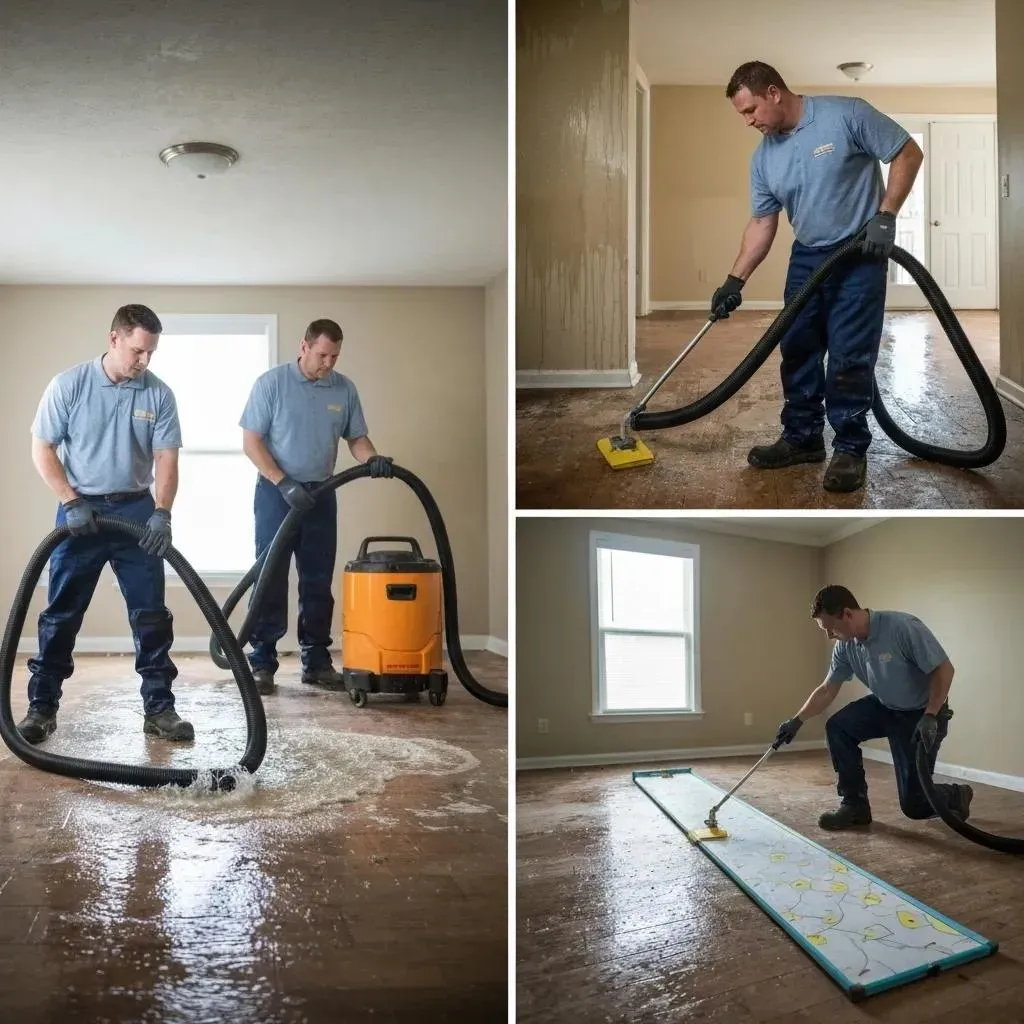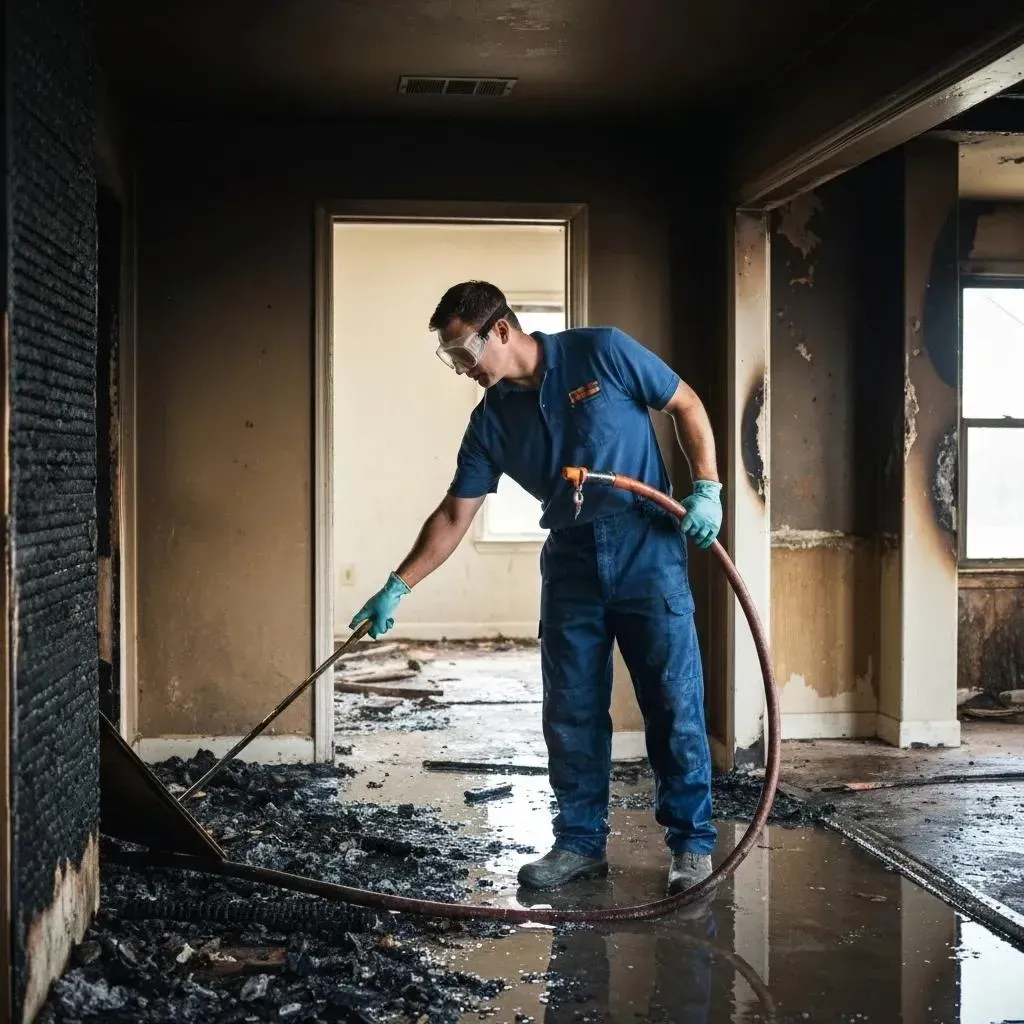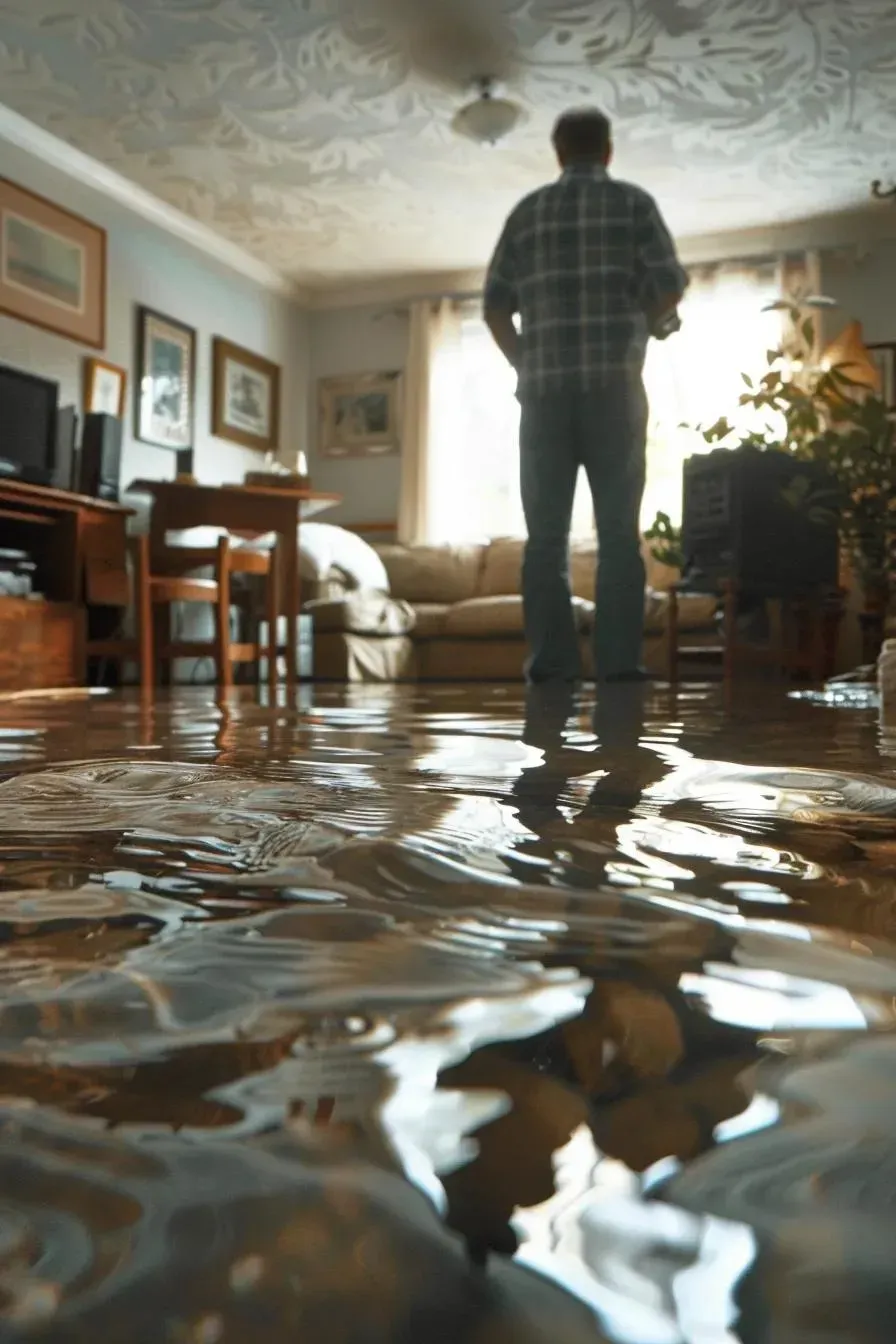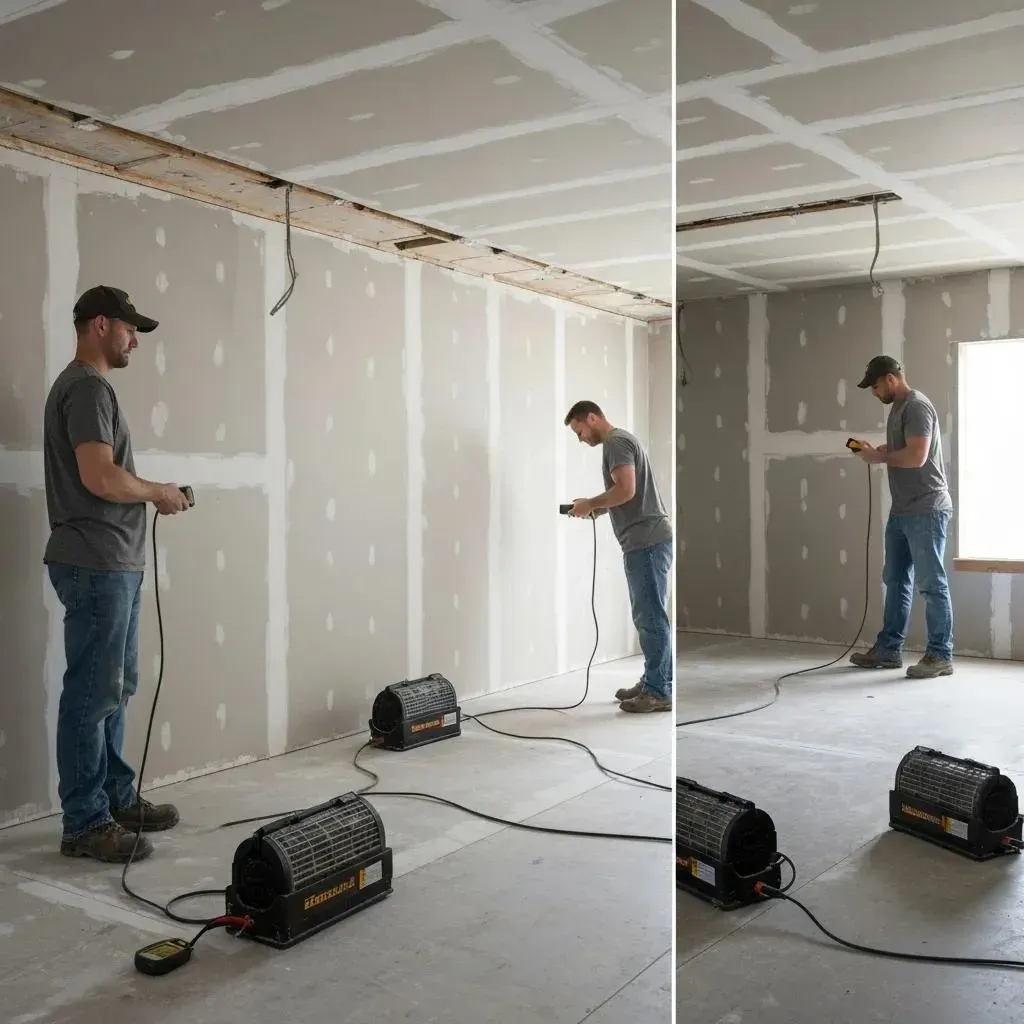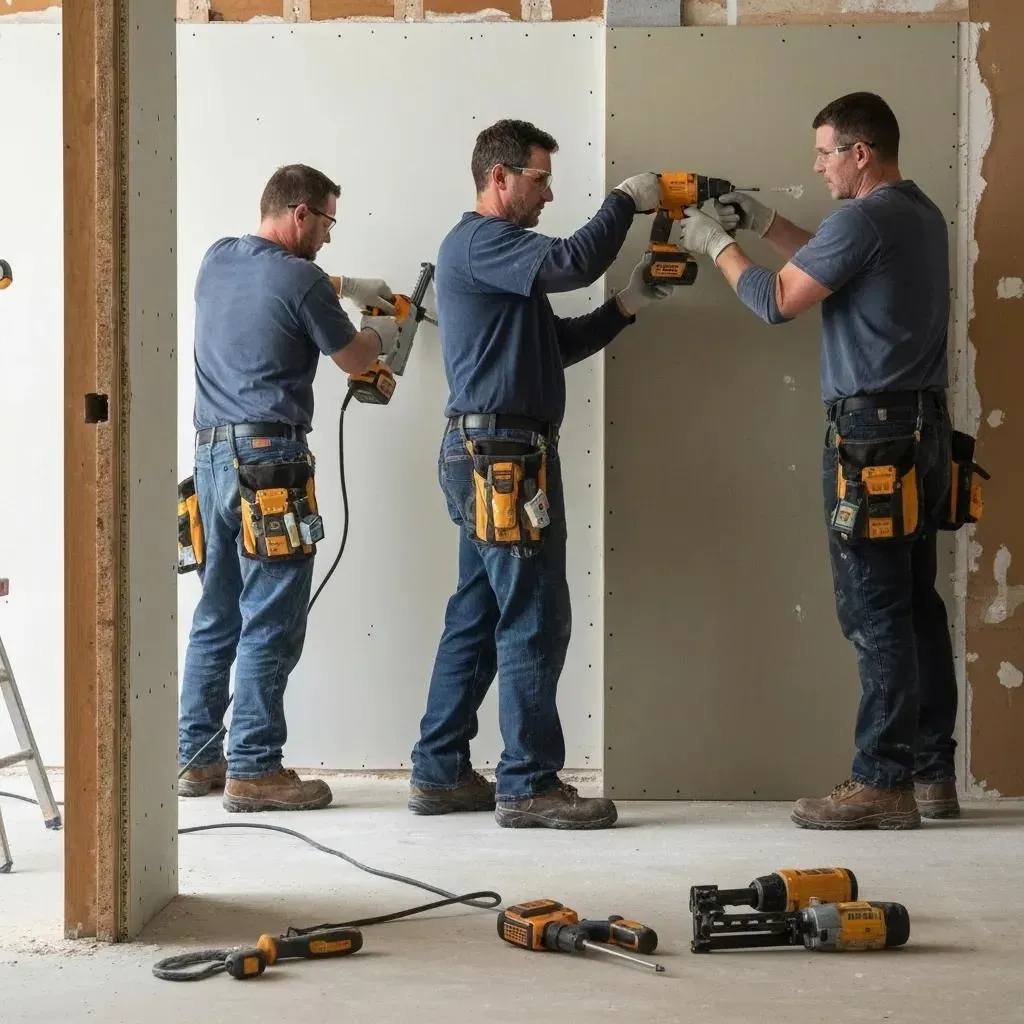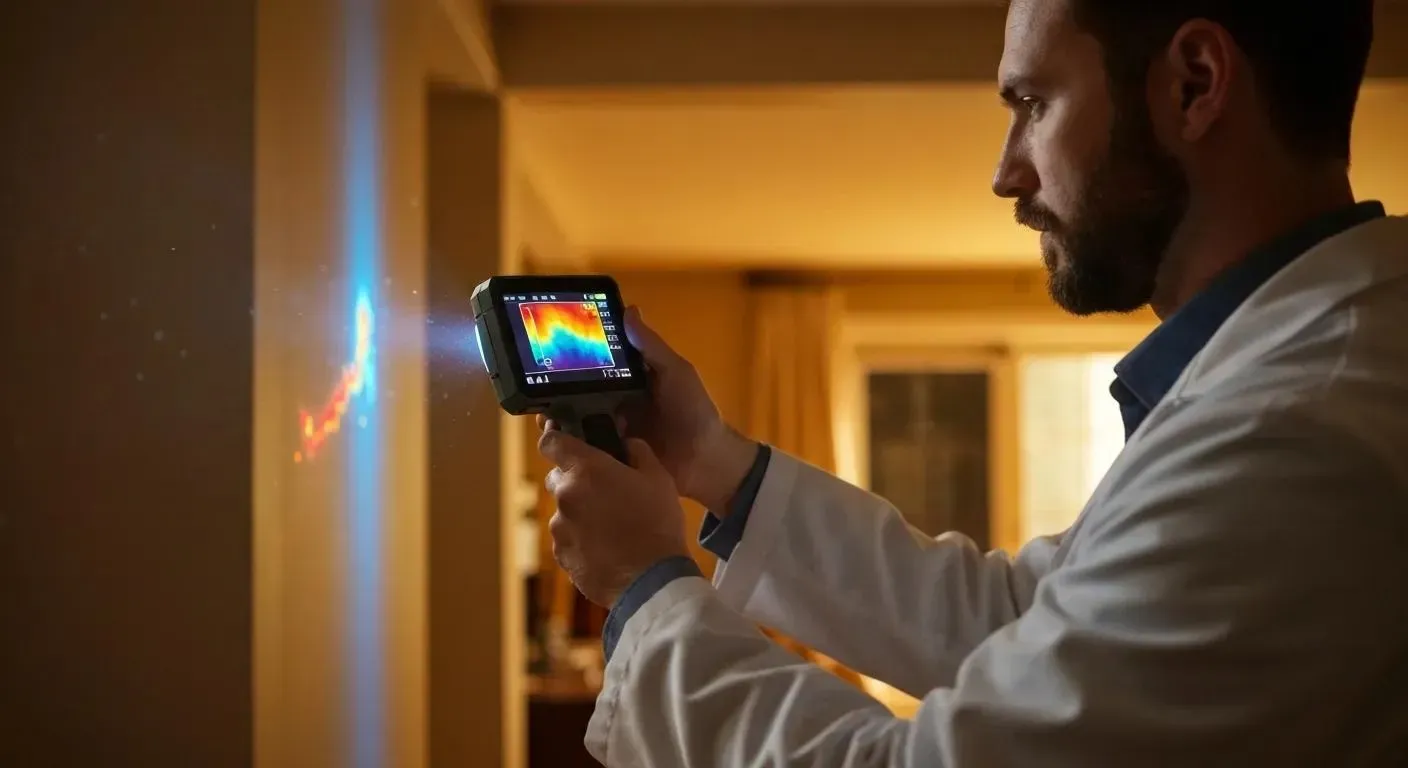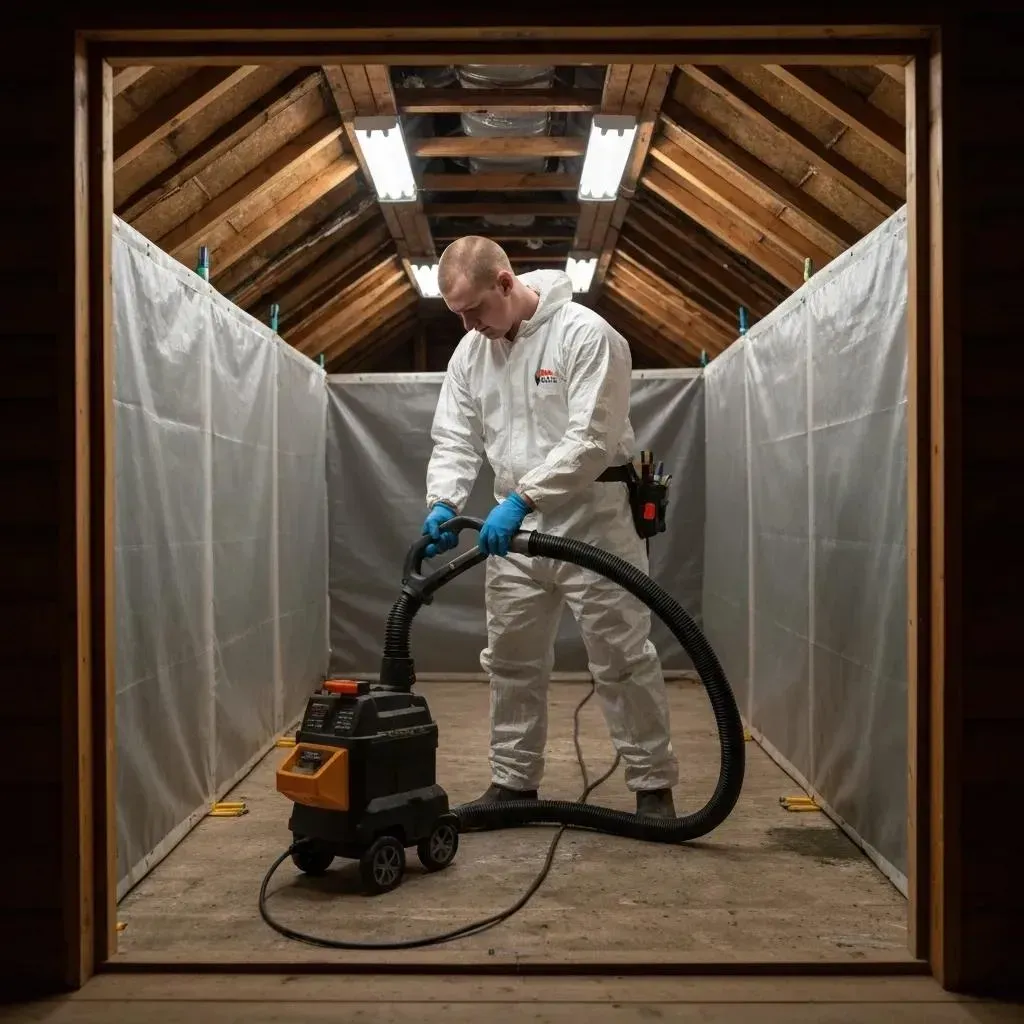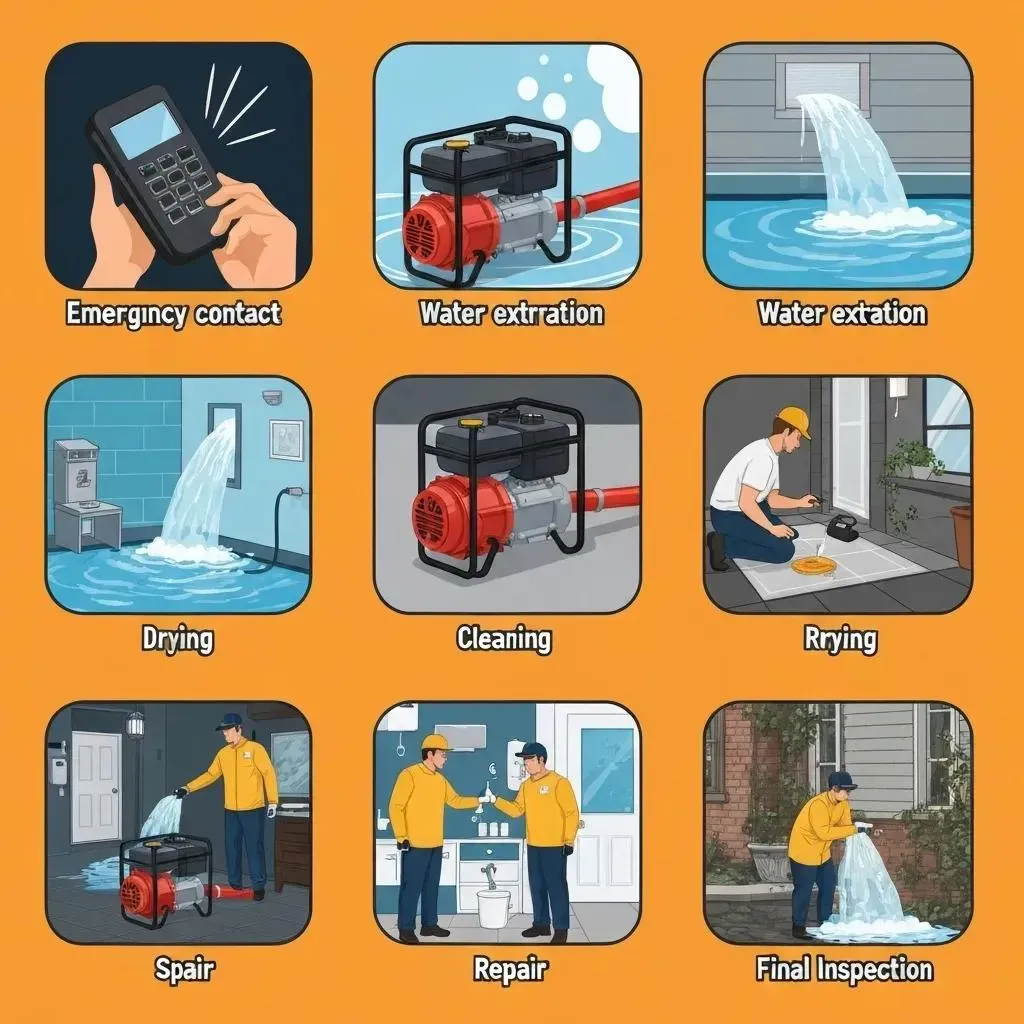Blog
Why Understanding the Asbestos Abatement Process is Critical for Denver Homeowners
The asbestos abatement process is a series of regulated steps to safely remove or contain asbestos-containing materials (ACMs). For Denver homeowners, especially those with properties built before the 1980s, understanding this process is crucial for family safety.
Key Steps in the Asbestos Abatement Process:
- Professional inspection and testing to confirm asbestos presence.
- Containment setup to seal the work area with plastic sheeting and negative air pressure.
- Safe removal by trained technicians using specialized equipment.
- Cleanup and decontamination with HEPA vacuums and wet methods.
- Proper disposal in leak-tight containers at licensed facilities.
- Final clearance testing to confirm safe re-occupancy levels.
Many older homes contain asbestos in insulation, popcorn ceilings, and floor tiles. When disturbed during renovations, these materials release dangerous fibers. Asbestos exposure can cause mesothelioma, lung cancer, and asbestosis, often decades later. There is no safe level of exposure, making professional handling essential.
Improper removal can contaminate your entire home. Knowing the correct process helps you hire qualified professionals and protect your family. At Accountable Home Services, our IICRC-certified team has guided countless Denver families through the asbestos abatement process, ensuring their homes are safe and compliant with all regulations.
First Things First: Identifying and Understanding the Asbestos Threat
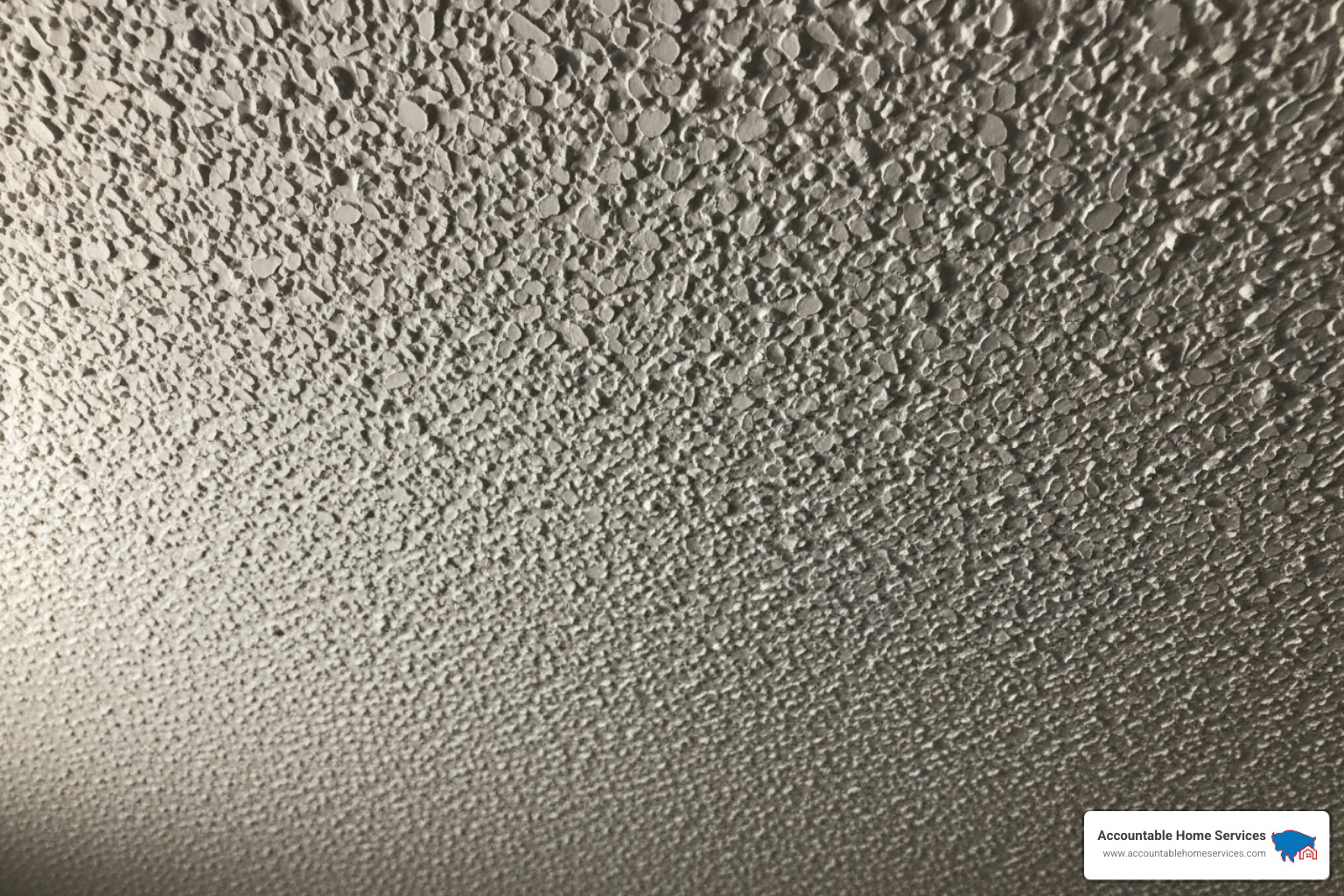
Before starting the asbestos abatement process, understand the threat. Asbestos is a naturally occurring mineral once prized in construction for its fire resistance and strength. It was used extensively in building materials from the 1930s through the 1980s.
What is Asbestos and Why is it a Health Hazard?
When asbestos-containing materials are disturbed, they release microscopic, odorless fibers into the air. Once inhaled, these fibers become permanently trapped in the body, leading to severe health problems that may not appear for 10 to 40 years.
Key asbestos-related diseases include:
- Mesothelioma: A rare and aggressive cancer of the lining of the lungs, abdomen, or heart.
- Asbestosis: A chronic lung disease caused by scarring of lung tissue, leading to breathing difficulties.
- Lung Cancer: The risk is significantly higher for those exposed to asbestos, especially smokers.
There is no safe level of asbestos exposure. This is why the asbestos abatement process is a matter of health and safety, not just regulatory compliance.
Asbestos materials are classified as either friable or non-friable. Friable materials, like spray-on insulation or popcorn ceilings, can be crumbled by hand and easily release fibers. Non-friable materials, such as vinyl floor tiles or cement siding, are denser and only release fibers if damaged, cut, or broken.
Common Places to Find Asbestos in Your Denver Home
If your Denver home was built before the 1980s, assume asbestos may be present. Common locations include:
- Insulation: Vermiculite in attics, pipe wrapping, and insulation in old furnaces.
- Popcorn Ceilings: A popular textured finish from the 1950s-1980s.
- Flooring: Vinyl floor tiles (often 9x9 or 12x12), linoleum, and adhesives.
- Roofing and Siding: Asphalt shingles, felt, and cement siding panels.
- Drywall and Joint Compound: Particularly in the compound used for finishing seams.
- Pipes and Ducts: Asbestos cement pipes and pipe wrap insulation.
Our team has experience with challenging situations like Asbestos Ceiling Repair and Asbestos Flue Pipe Removal , so we know where to look.
Common asbestos-containing materials include:
- Asbestos cement pipes and sheets
- Asphalt roofing shingles and felt
- Boiler and heating system insulation
- Ceiling tiles and "popcorn" textures
- Drywall and joint compound
- Floor tiles and adhesives
- Gaskets and caulking
- Pipe insulation and wrapping
- Siding panels
- Vermiculite insulation
Abatement vs. Encapsulation: What's the Right Choice?
Once asbestos is identified, you can either remove it (abatement) or seal it (encapsulation). The best choice depends on the material's condition and your plans.
Asbestos removal (abatement) is the complete extraction and disposal of asbestos-containing materials. It's the best option for damaged or friable materials, or when renovations will disturb the area.
Asbestos encapsulation involves sealing the material with a protective coating to prevent fiber release. This can be a cost-effective solution for materials that are in good condition and unlikely to be disturbed.
A professional assessment is necessary to determine the safest approach. Our experts at Accountable Home Services can evaluate your situation as part of our Mold and Asbestos Remediation services.
| Feature | Asbestos Removal (Abatement) | Asbestos Encapsulation |
|---|---|---|
| Cost | Generally higher due to labor, equipment, and disposal | Generally lower, as material is not removed |
| Disruption | High; requires complete sealing of work area, potential vacating of premises | Moderate; less intrusive than removal, but still requires containment |
| Long-Term Effectiveness | Permanent elimination of the asbestos risk | Effective as long as the sealant remains intact; requires periodic inspection |
| Ideal Situations | Damaged/friable material, major renovations/demolition, desire for permanent solution | Undamaged/non-friable material, low-disturbance areas, temporary solution |
The Professional Asbestos Abatement Process: A Step-by-Step Breakdown
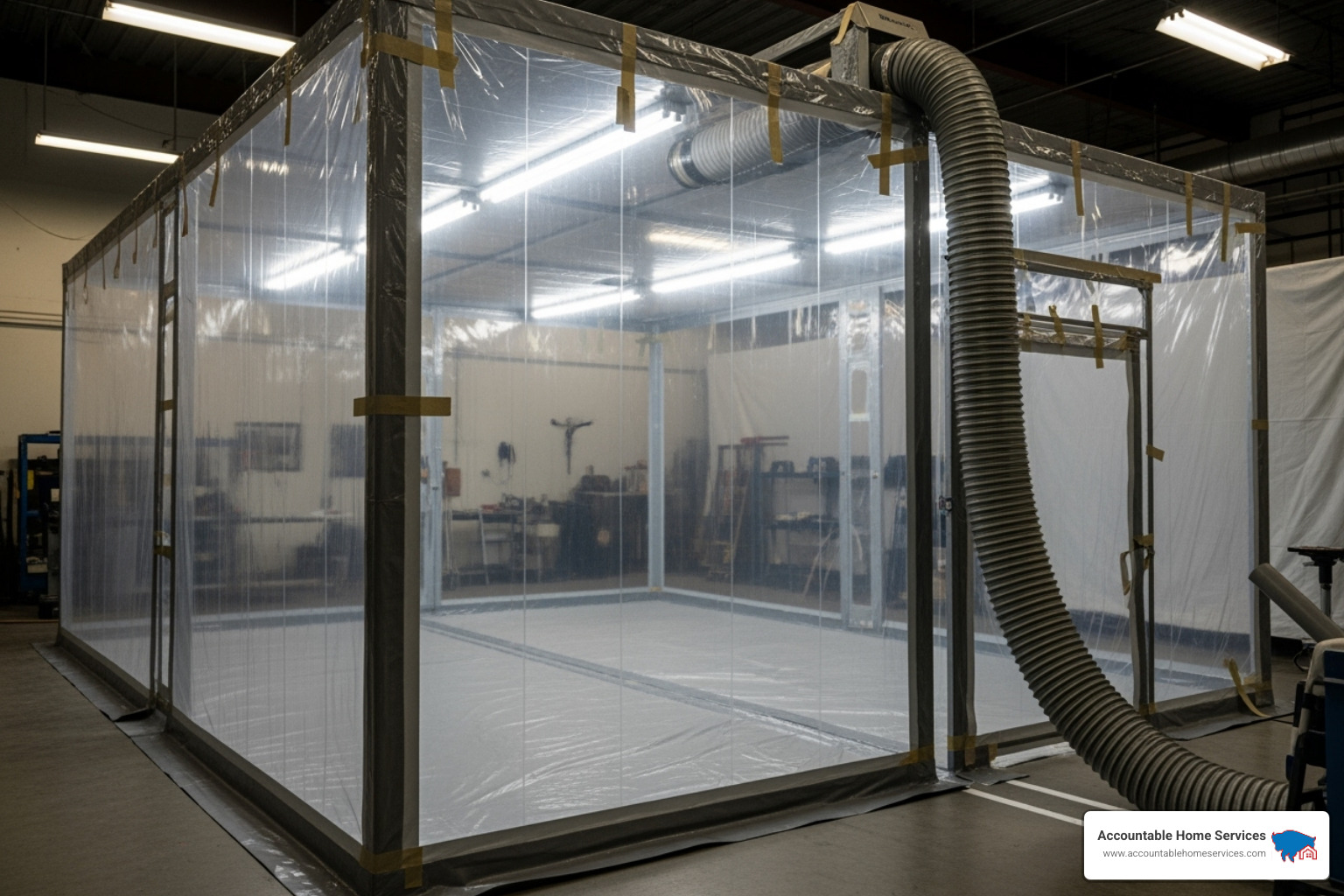
The asbestos abatement process is a highly regulated, methodical procedure requiring specialized training and equipment. Each step is carefully executed to protect your family and our crew from fiber exposure.
Step 1: Professional Inspection and Testing
Since asbestos fibers are invisible, the process begins with professional assessment. A certified inspector performs a visual evaluation to identify potential asbestos-containing materials. Small samples are carefully collected using methods that minimize fiber release and sent to an accredited laboratory for analysis.
The importance of Asbestos Testing is paramount. Lab results confirm the presence, type, and percentage of asbestos, which is crucial for risk assessment and planning. Based on these results, we develop a detailed, site-specific abatement plan that outlines the removal methods, safety protocols, and timeline, ensuring compliance with all regulations.
Step 2: Setting Up the Containment Area
Before removal begins, we establish a controlled environment to prevent asbestos fibers from contaminating your home. This is a critical phase of the asbestos abatement process.
- The work area is sealed off from the rest of the building using thick polyethylene sheeting and heavy-duty tape.
- HVAC systems are disabled and sealed to prevent the spread of contaminated air.
- Negative air pressure machines with High-Efficiency Particulate Air (HEPA) filters are installed. These units continuously filter the air and exhaust it outside, ensuring air flows into the work area, not out.
- A multi-stage decontamination unit (with a dirty room, shower area, and clean room) is set up for personnel. Warning signs are posted to restrict access.
Step 3: The Safe Removal of Asbestos Materials
Our certified technicians, equipped with comprehensive Personal Protective Equipment (PPE), begin the removal. PPE includes P100 respirators, full-body disposable coveralls, gloves, and eye protection.
We use wet methods throughout the process, spraying materials with amended water (water with a wetting agent) to prevent fibers from becoming airborne. Technicians use hand tools to carefully remove materials, avoiding actions that create dust. All removed materials are immediately placed into heavy-duty, leak-tight disposal bags that are clearly labeled as asbestos waste.
As a Professional Asbestos Removal Company , we prioritize safety over speed, ensuring every piece of contaminated material is handled correctly.
Step 4: Thorough Cleanup and Decontamination
After all asbestos materials are removed, a meticulous cleanup begins. This phase is essential for eliminating any lingering fibers.
- Specialized HEPA vacuums are used to clean every surface within the containment area, including walls, floors, and ceilings.
- All surfaces are then wet-wiped multiple times with amended water to capture any remaining dust.
- Technicians follow strict decontamination procedures when exiting, moving through the decontamination unit and bagging all used PPE as hazardous waste.
A supervisor conducts a final visual inspection to ensure the area is free of all visible debris before proceeding to the final stages of the asbestos abatement process.
After the Removal: Proper Disposal and Final Clearance
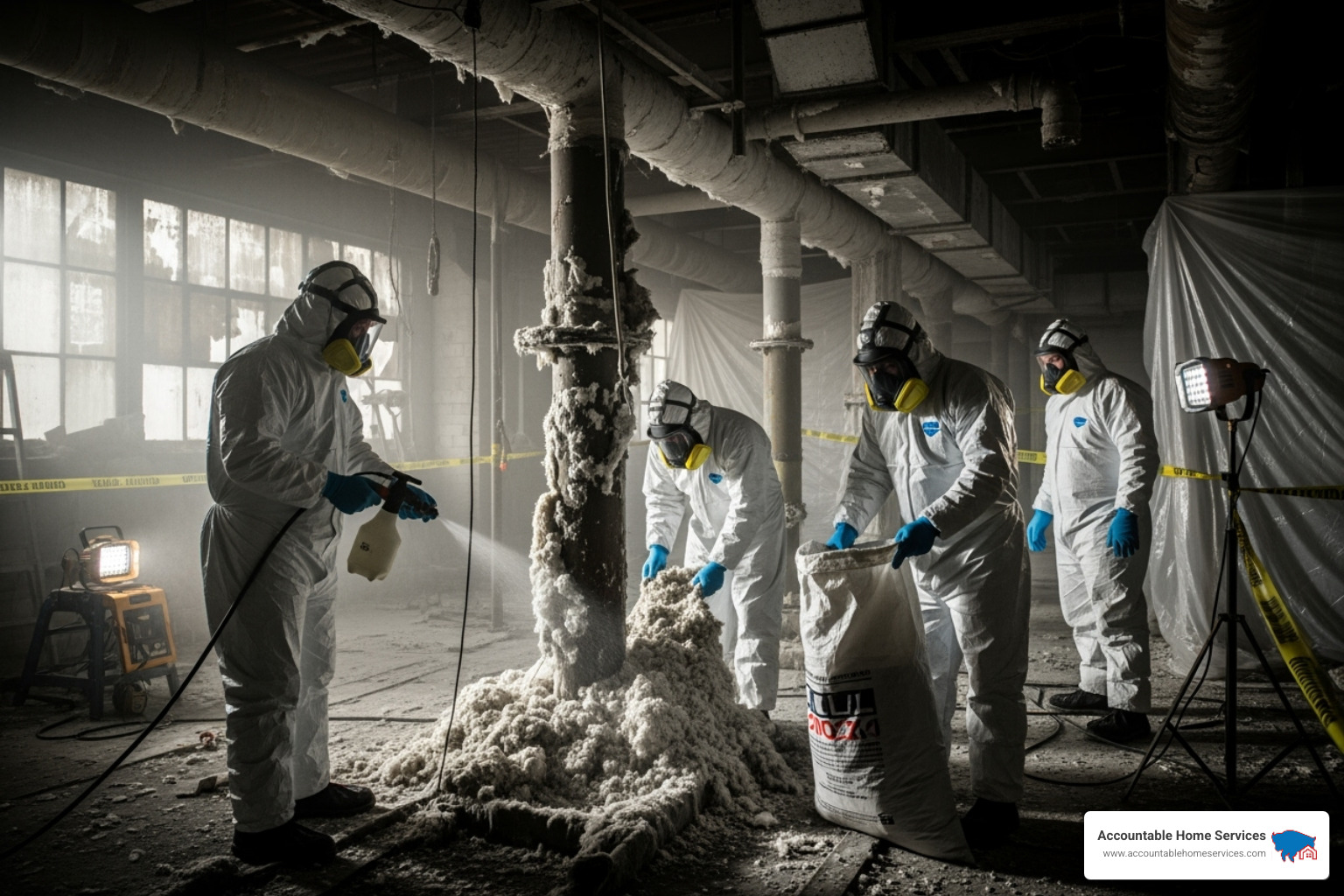
This section covers the critical final stages that happen after the physical removal, ensuring the waste is handled legally and the area is safe for re-entry.
Handling and Disposing of Asbestos Waste
Proper disposal is a crucial phase of the asbestos abatement process. Asbestos waste cannot be thrown in the regular trash and requires special handling from start to finish.
All removed material, contaminated equipment, and cleaning debris are placed into heavy-duty, 6-mil polyethylene bags. We double-bag everything for extra security to prevent tears or leaks. Each bag is then labeled with asbestos warning signs as required by law.
The sealed bags are transported to a licensed disposal facility specifically engineered to handle asbestos waste. We follow strict transport regulations and maintain detailed waste shipment records to ensure full compliance with environmental laws. For specific materials like Asbestos Cement Pipe Disposal or Asbestos Cement Sheet Disposal , we follow specialized protocols to guarantee safe transport and disposal.
The Critical Final Step in the Asbestos Abatement Process: Air Clearance Testing
Even after meticulous removal and cleaning, the asbestos abatement process requires one final step: proving the air is safe to breathe. This is accomplished through independent third-party testing.
We hire a separate industrial hygiene firm to conduct air sampling within the former work area. This ensures an unbiased, objective assessment of your home's safety. The firm uses specialized equipment to collect air samples, which are then analyzed in an accredited lab to count any remaining asbestos fibers.
The results must meet strict safety levels that comply with OSHA asbestos regulations. Only when the air meets these stringent re-occupancy criteria is the job considered complete. You will receive an official clearance report as proof that your home is safe for your family to re-enter. This final step provides documented peace of mind and is the difference between hoping your home is safe and knowing it is.
Regulations, Risks, and Finding the Right Professionals
This section highlights the importance of compliance and the dangers of cutting corners, guiding homeowners on how to select a trustworthy contractor.
Understanding Asbestos Laws and the Dangers of DIY
The strict regulations governing the asbestos abatement process exist to protect lives. Federal agencies like the Environmental Protection Agency (EPA) and OSHA have established comprehensive rules for handling, worker protection, and disposal. In addition, Colorado state laws and local Denver permits add further requirements. Navigating this legal framework requires professional expertise.
The truth about DIY asbestos removal is that it's incredibly dangerous. Disturbing asbestos without proper containment can spread microscopic fibers throughout your home via the HVAC system, contaminating carpets, furniture, and other living areas. The health risks are severe and irreversible, as even minimal exposure can cause disease decades later.
Beyond the health risks, improper removal can lead to costly property-wide contamination and significant legal consequences, including fines and potential criminal prosecution. The Asbestos Laws and Regulations overview from the EPA highlights the complexity of these requirements. Asbestos removal is not a DIY project; the stakes are simply too high.
How to Hire Qualified Asbestos Abatement Contractors in Denver
Choosing the right contractor is the most important decision in the asbestos abatement process. A qualified professional protects your health, investment, and peace of mind.
When searching for Asbestos Abatement Contractors , look for these key qualifications:
- Licensing and Certifications: Verify that the team holds current, industry-recognized certifications, such as from the IICRC. This is your assurance of proper training and adherence to high standards.
- Asbestos-Specific Liability Insurance: A general liability policy may not cover asbestos-related incidents. Always ask for proof of specific asbestos liability insurance to ensure you are protected.
- References: Reputable companies will gladly provide references from previous clients. Speaking to them is a great way to gauge a contractor's professionalism and reliability.
- Detailed Written Work Plan: Demand a comprehensive plan that outlines the scope of work, containment and cleanup procedures, disposal methods, and confirmation of independent, third-party clearance testing. It should also include a clear timeline and cost breakdown.
- Local Expertise: A company familiar with Denver's regulations can provide more efficient service. As a family-owned business serving Broomfield, Westminster, Thornton, and the wider Denver Metro Area, we understand local requirements.
When you search for " Abatement Contractors Near Me ," remember that the cheapest option is rarely the safest. Your family's health is worth investing in qualified professionals.
Frequently Asked Questions About the Asbestos Abatement Process
Here are answers to some of the most common questions we receive about the asbestos abatement process.
How long does asbestos abatement take?
The timeline varies based on project size and complexity. A small residential job, like removing a popcorn ceiling in one room, typically takes 1 to 2 days. Larger projects involving multiple rooms or extensive materials can take several days to a week. Key factors influencing the timeline include the amount and location of the material and the accessibility of the work area. Final clearance testing adds another day or two for sample collection and lab analysis. We provide a detailed timeline in our written work plan.
Is the process disruptive to my home life?
Yes, the asbestos abatement process is necessarily disruptive to ensure safety. The work area will be completely sealed and inaccessible to you, your family, and pets. In most cases, you will need to vacate your home for the duration of the project. You should also expect some noise from equipment like negative air machines, which run continuously. We work efficiently to minimize this disruption and provide a clear schedule so you can make necessary arrangements.
What should I do if I suspect asbestos during a renovation?
If you uncover a suspicious material during a renovation, follow these steps immediately:
- Stop work. Do not touch, disturb, or attempt to clean up the material.
- Isolate the area. Close the door to the room and turn off any HVAC systems that circulate air through that zone.
- Call a professional. Contact us for Asbestos Testing. We can safely collect a sample for lab analysis.
- Wait for results. Do not resume any work until you have the test results. If it's positive, we will guide you through the proper asbestos abatement process.
Taking these steps can prevent widespread contamination and protect your family's health. For more tips, see our article on Holiday Renovations: Manage Asbestos Risks in Denver Homes.
Conclusion: Ensuring a Safe and Asbestos-Free Home
Understanding the asbestos abatement process is about protecting your family. As we've outlined, there are no shortcuts when dealing with asbestos. The professional, regulated process—from containment and safe removal to final air clearance testing—exists to prevent exposure to a material that can cause devastating health problems.
Choosing professional abatement protects your family's health, preserves your property's value, and provides complete peace of mind. The cost of doing the job correctly is a small price to pay for safety.
As a family-owned restoration and remodeling company serving the Denver Metro Area, we understand your home is your sanctuary. We treat every project in Broomfield, Westminster, Thornton, Arvada, and beyond with the care we would for our own homes. Our certified technicians use cutting-edge equipment and follow every safety protocol.
When you need 24/7 emergency response with direct insurance billing, we're here to minimize your stress and maximize your safety. Don't let the hidden threat of asbestos compromise your family's future. Whether you're planning a renovation or simply want peace of mind, professional Asbestos Testing is the first step.
Your family deserves a home that's genuinely safe. Contact Accountable Home Services today, and let us help you create the asbestos-free environment where your family can thrive.

